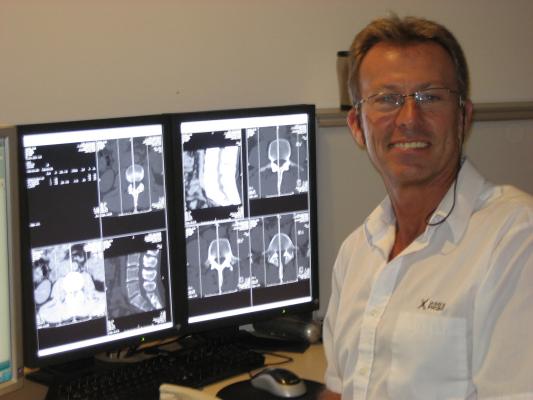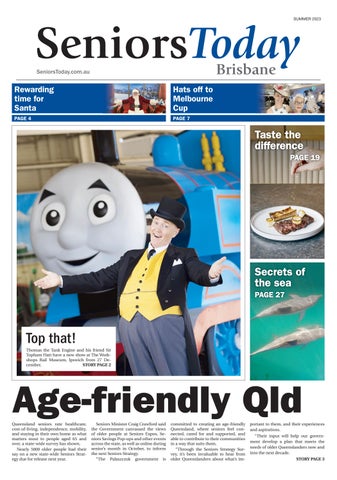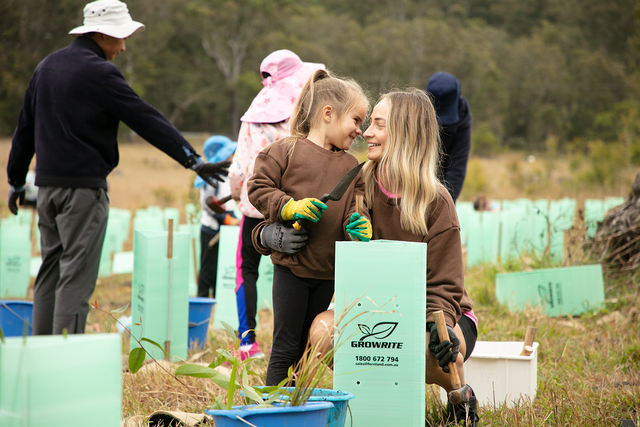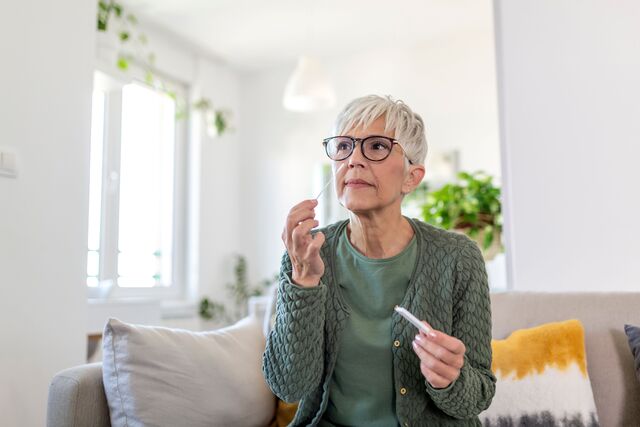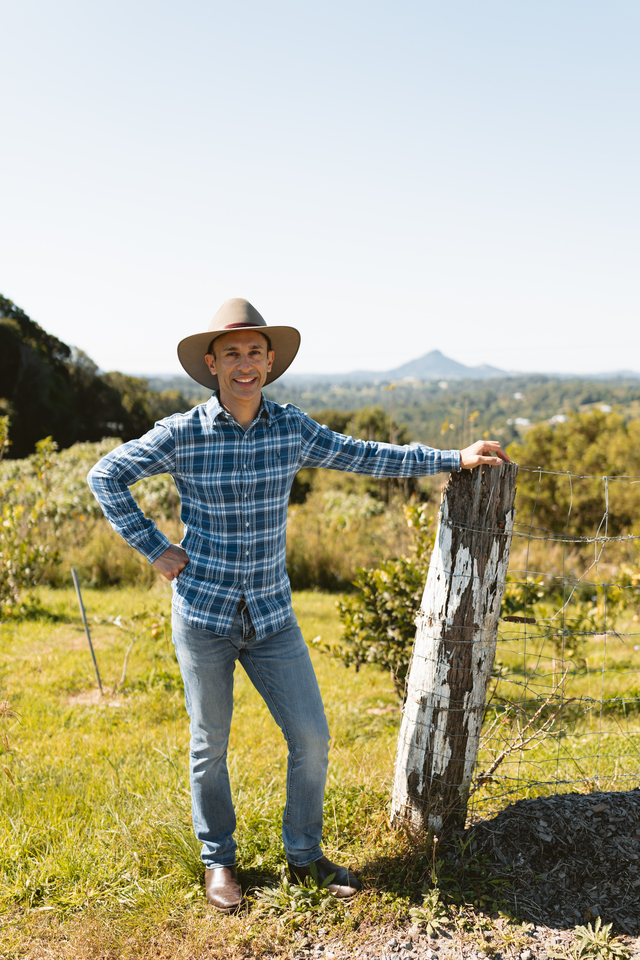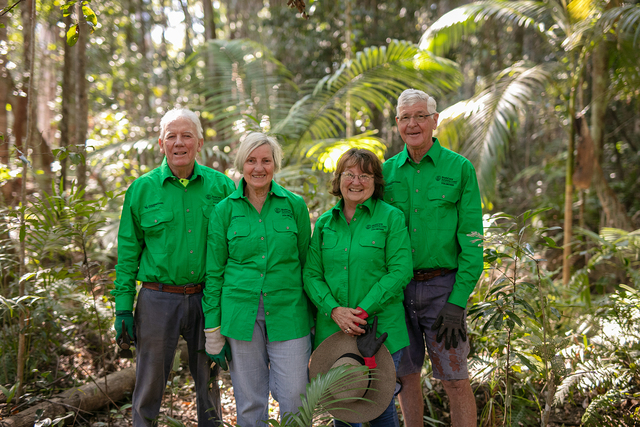For many older Australians, osteoporosis (“porous bones”) represents a significant health issue. Approximately one in 10 Australians over the age of 50 will develop this disease, which is when nutrients and minerals, such as Calcium, leach out of the bones, making them more brittle and likely to fracture in the event of trauma such as a fall.
Post-menopausal women are at a much higher risk of developing osteoporosis, or its precursor, osteopenia.
From birth through to around our late 20’s, our bones absorb all the necessary minerals and nutrients to allow them to become stronger.
From our 30’s bones have reached their peak strength and density and are unable to absorb any more.
The key to preventing osteoporosis is to maintain a healthy bone strength, which can be done through diet and exercise.
It is essential to give your body enough nutrients and minerals, mainly Calcium and Vitamin D. Vitamin D is needed to help the body absorb Calcium.
Calcium is also used by other essential organs such as the brain, lungs, and heart. If your dietary requirements are inadequate, the body steals the calcium from the bones to meet the needs of these life sustaining organs.
Healthy Bones Australia advises that the recommended daily intake for seniors is 1300mg of Calcium, and 15mcg of Vitamin D.
Other health recommendations for maintaining your bone strength include exercise, maintaining a healthy weight, and refraining from excessive alcohol and smoking.
Your GP can provide advice on a suitable exercise plan.
So how can you know if you are at risk of osteoporosis? Don’t wait until you suffer a fracture to find out! Ask your GP for a referral for a bone density scan, because the earlier this is identified, the more effective treatment options are.
The process for a bone density scan is quick, painless, and free (bulk-billed) through Medicare every two years (although this can be more frequent in high-risk patients). No preparation (e.g., fasting) is required – you can even wear your own clothes if they are loose, comfy and have no metal. There is no need to be concerned about the radiation dose, as it is so low that it equates to approximately the radiation we naturally receive from the earth in three hours (about one-tenth of a chest x-ray).
Knowing and managing your health effectively with your GP will mean that you can continue to enjoy the Sunshine Coast lifestyle for longer!
Dr Richard Landford is a radiologist, who founded X-Ray & Imaging sixteen years ago. After qualifying as a consultant Radiologist in South Africa, Dr Langford has worked in radiology for over 30 years, and has a reputation as an approachable Radiologist who provides the highest standards in diagnostic Radiology reporting.

